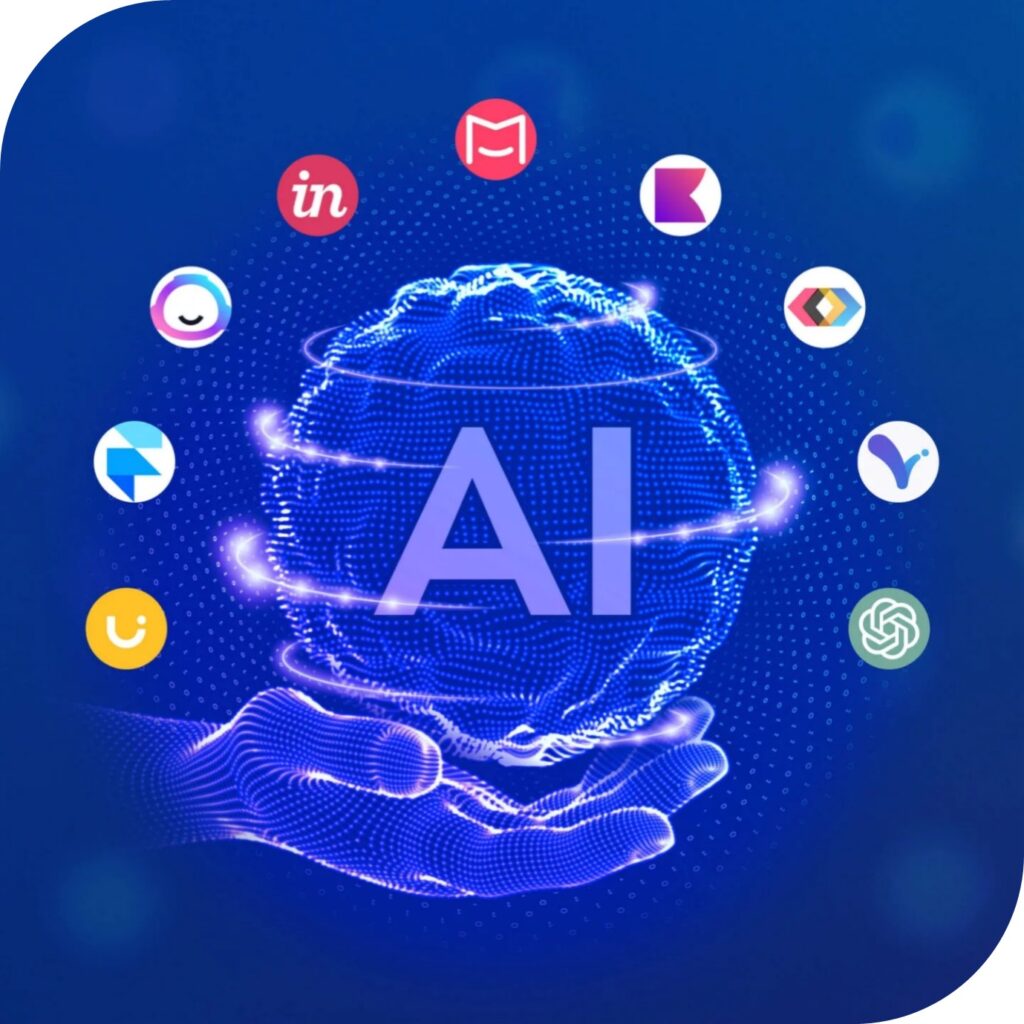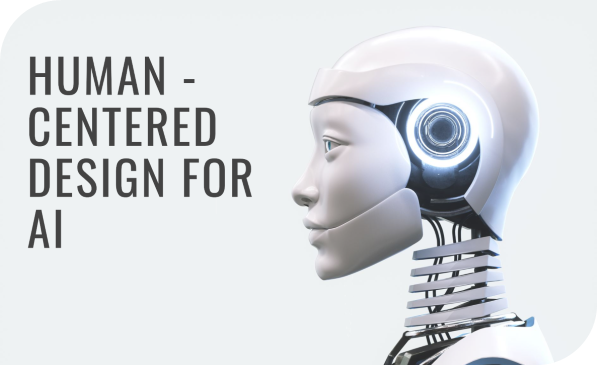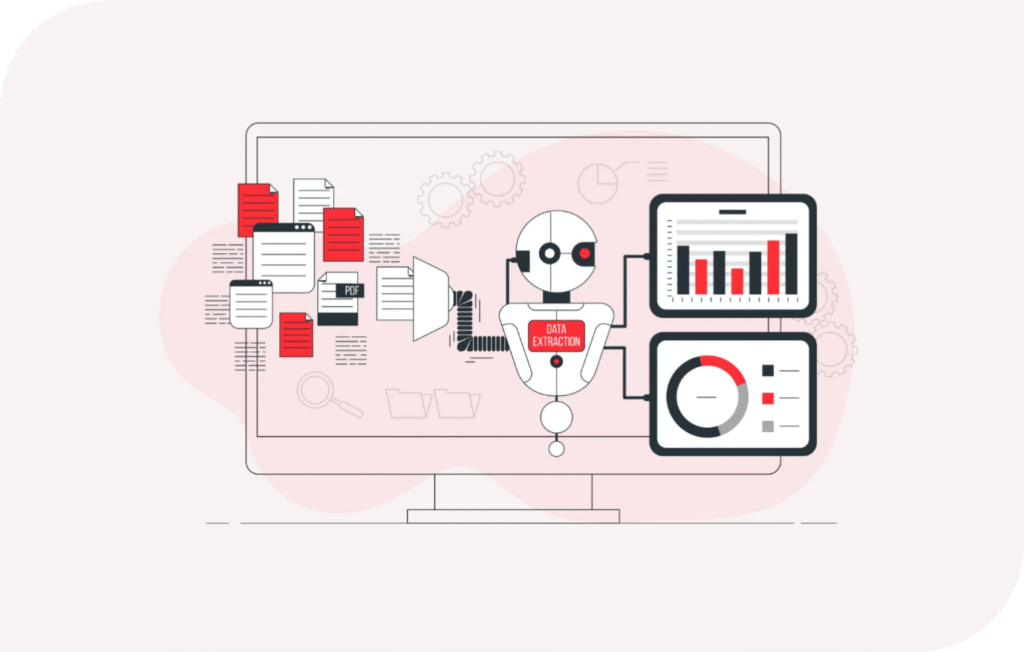In the age of artificial intelligence, the most crucial design principle remains human-centricity. This article explores why keeping people at the center of AI design leads to more ethical, effective, and valuable technology solutions.
As artificial intelligence transforms how we interact with technology, a critical question emerges: How do we ensure these powerful systems serve human needs rather than the other way around? The answer lies in Human-Centered Design (HCD) – an approach that prioritizes human values, needs, and behaviours throughout the design process.
Why HCD Matters More Than Ever in AI
AI systems are increasingly making decisions that affect our lives – from healthcare diagnoses to financial recommendations. Without deliberate human-centered design, these systems can:
- Amplify biases present in training data
- Create confusing experiences with opaque decision-making
- Prioritize efficiency over genuine human needs
The companies succeeding with AI recognize that technology should adapt to people, not the reverse.
Key Principles for Human-Centered AI Design
Transparency Over Mystery
The best AI systems explain their thinking. Instead of black-box decisions, they provide:
- Clear reasoning for recommendations
- Visible confidence levels for predictions
- Easy-to-understand limitations and capabilities
Example: A financial app that explains “We’re recommending this investment because it matches your stated risk tolerance and time horizon
Control and Agency
Users should always feel in charge. This means:
- Clear opt-out and override options
- Adjustable automation levels
- Visible privacy controls
Example: A smart home system that asks, “Would you like me to automate these lights, or would you prefer to control them manually?
Empathy and Emotional Intelligence
AI should recognize human emotional states and respond appropriately through:
- Tone-aware communication
- Context-appropriate suggestions
- Emotional intelligence in interactions
Example: A mental health app that recognizes when a user is having a difficult day and adjusts its approach accordingly

Real-World Success Stories
Healthcare:
- Real-World Success Stories
- Patient monitoring systems that alert human caregivers when empathy is needed
Education:
- Adaptive learning platforms that adjust to student frustration levels
- AI tutors that provide encouragement along with correction
Commerce:
- Recommendation engines that explain why products are suggested
- Customer service bots that know when to escalate to humans

Implementing HCD in your AI Projects
- Start with Human Problems, Not AI Solutions: Begin by identifying real human needs rather than looking for places to apply AI
- Diverse Testing Groups: Include people from various backgrounds to identify biases early
- Continuous Feedback Loops: Build mechanisms for ongoing human feedback and system adjustment
- Ethical Review Boards: Establish clear guidelines for responsible AI development

Conclusion:
As AI becomes more sophisticated, the companies that thrive will be those that remember a fundamental truth: technology should serve people, not the other way around. By putting human needs, values, and experiences at the center of AI design, we create technology that enhances rather than diminishes our humanity.
The most successful AI won’t be the most powerful or complex – it will be the most thoughtfully human-centered.
